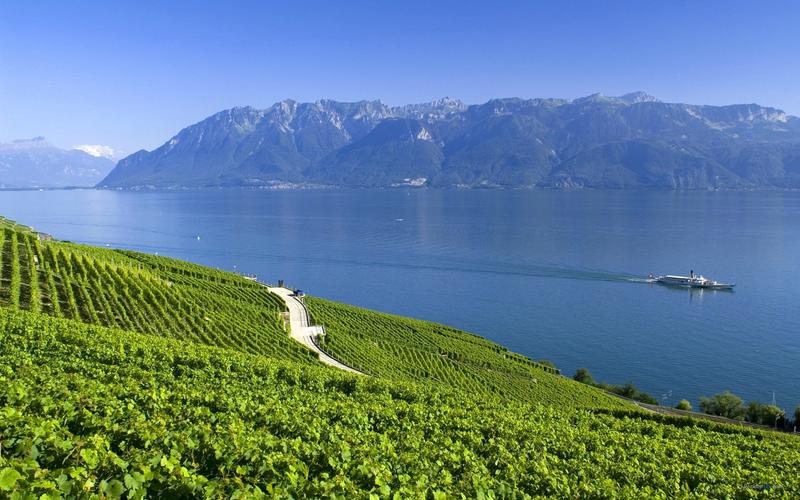Exploring the Wonders of Colombia’s Cultural Heritage with the Ministry of Culture
Colombia is a country that is rich in cultural heritage. From the ancient indigenous communities to the colorful folk traditions, Colombia’s roots are deep and diverse. The country’s Ministry of Culture has been working diligently to promote and preserve this heritage, and there are many ways for curious travelers to learn and explore.
Introduction:
The Ministry of Culture was established in 1997 to oversee and promote the country’s artistic, cultural, and intellectual heritage. Since then, it has been an advocate for cultural diversity, supporting and protecting the expressions of different communities across Colombia.
This blog post will explore some of the ways the Ministry of Culture has been preserving and showcasing Colombia’s cultural heritage, and how travelers can benefit from these efforts.
Fostering Cultural Diversity:
Colombia is home to many different cultures, languages, and traditions. The Ministry of Culture has been implementing policies to promote and safeguard this diversity, recognizing it as an essential element of the country’s identity.
One of the ways the Ministry of Culture supports cultural diversity is by providing funding and resources for cultural events and projects across the country. There are numerous festivals, exhibitions, and workshops that travelers can attend and participate in, which offer a glimpse into Colombia’s cultural richness.
Additionally, the Ministry of Culture has created programs that support traditional music, dance, and oral traditions. For example, the National Dance Company of Colombia works to preserve and showcase the country’s folk dances while promoting the artistic development of young dancers.
Preserving Cultural Heritage:
The Ministry of Culture is also responsible for preserving Colombia’s cultural heritage, ensuring that it is protected and passed on to future generations. This heritage includes both tangible and intangible objects, such as buildings, artifacts, and traditional knowledge.
One of the most notable projects of the Ministry of Culture is the reconstruction of the historic city center of Cartagena. The initiative involved restoring the colonial architecture of the city, preserving it as a UNESCO World Heritage Site.
The Ministry of Culture has also created programs that promote the preservation of traditional crafts and technologies. For example, they offer training and support for artisans who make pottery, weaving, and other crafts using techniques that have been passed down for generations.
Conclusion:
Colombia’s cultural heritage is a unique and valuable asset, and the Ministry of Culture is doing a fantastic job of preserving and promoting it. Through their efforts, travelers have the opportunity to explore the country’s diverse traditions and learn about its rich history.
Whether attending a festival, admiring historic architecture, or watching a traditional dance performance, visitors to Colombia will find that the country’s cultural heritage is a vibrant and integral part of its identity. With the help of the Ministry of Culture, this heritage will continue to thrive and inspire generations to come.
(Note: Do you have knowledge or insights to share? Unlock new opportunities and expand your reach by joining our authors team. Click Registration to join us and share your expertise with our readers.)
Speech tips:
Please note that any statements involving politics will not be approved.
